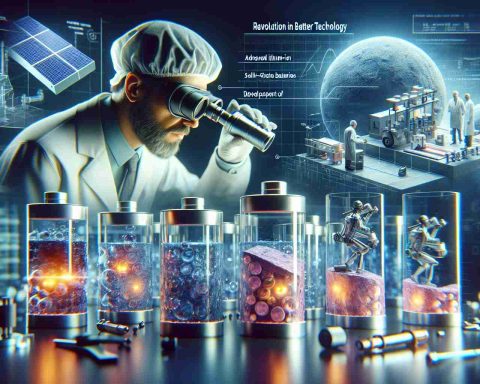In a recent scientific seminar held at Hanoi National University of Education 2 in Phuc Yen, Vinh Phuc, the focus was on redefining teacher training in response to digital technology and artificial intelligence (AI). This event, organized by the Central Propaganda Department and the university, gathered prominent figures from various educational sectors.
Significant discussions highlighted the rapid evolution of education through digital means and AI, which are becoming fundamental to modern schooling. Under the leadership of Lê Huy Nam, the seminar set the stage for in-depth dialogues concerning the potential of technology in shaping the future of education.
Nam emphasized the importance of adapting educational frameworks to meet the challenges posed by the Fourth Industrial Revolution, which has introduced AI as a transformative force since its inception in mainstream discussions in recent years.
The urgency for comprehensive reforms was underlined, stemming from a directive issued by the Political Bureau to enhance educational practices effectively. This included not just the integration of technology in classrooms, but also the promotion of personalized and creative learning environments.
At the heart of this initiative lies a commitment to advancing teacher education as a crucial pillar for national development, preparing educators not only to wield new technologies but also to inspire students in a digitally-driven landscape. As the university has developed over nearly 60 years into a respected institution for teacher training, its role is increasingly vital in this new educational paradigm.
Embracing Digital Transformation in Education: Tips, Life Hacks, and Interesting Facts
In light of the recent discussions on redefining teacher training at the seminar in Phuc Yen, it’s clear that digital technology and artificial intelligence (AI) are not just trends; they are reshaping the entire educational landscape. Here are some practical tips and intriguing facts to help educators and students navigate this exciting transformation.
1. Leverage Online Learning Platforms
Online platforms like Coursera, Udemy, and Khan Academy offer a plethora of courses that can supplement traditional teaching methods. Educators can curate specific courses that align with their curriculum, giving students access to a wider range of knowledge beyond textbooks. Additionally, educators can benefit from professional development courses that focus on the integration of technology in their teaching.
2. Incorporate Gamification
Gamification can enhance student engagement and motivation. By turning lessons into games, educators can create a fun and interactive learning environment. For example, using platforms like Kahoot or Quizizz, teachers can develop quizzes that students participate in using their devices, making learning competitive yet enjoyable.
3. Utilize AI Tools
AI tools can assist in personalizing learning experiences. For instance, platforms such as Edmodo and DreamBox leverage AI to adapt lessons to the user’s pace and learning style. This personalization allows for better engagement and understanding, catering to the individual needs of each student.
4. Promote Collaborative Learning
With the rise of digital tools, collaborative learning has become more accessible. Use platforms like Google Workspace or Microsoft Teams for project-based assignments that encourage teamwork, even if students are learning remotely. This not only fosters collaboration but also helps students develop essential soft skills.
5. Stay Updated with Technological Trends
As digital technology evolves rapidly, it’s crucial for educators to stay informed about the latest tools and methods available. Regularly attending workshops or webinars, like the one held in Hanoi, can provide insights into how to best implement these technologies in the classroom.
Interesting Fact:
Did you know that research shows students retain 90% of what they learn when they teach others? This highlights the importance of collaborative projects in educational settings. When students share knowledge, they reinforce their understanding and contribute to a richer learning environment.
6. Encourage Digital Literacy
As technology becomes ingrained in education, teaching digital literacy is essential. Equip students with skills to evaluate online resources critically, manage digital communications, and protect their online privacy. This empowers them to navigate the digital world effectively and responsibly.
In conclusion, as education continues to evolve through digital technology and AI, the role of educators is increasingly pivotal. By embracing these changes and using these tips, teachers can foster a more innovative and effective learning environment that meets the needs of today’s students.
For more resources and best practices in education, visit Edutopia.

















